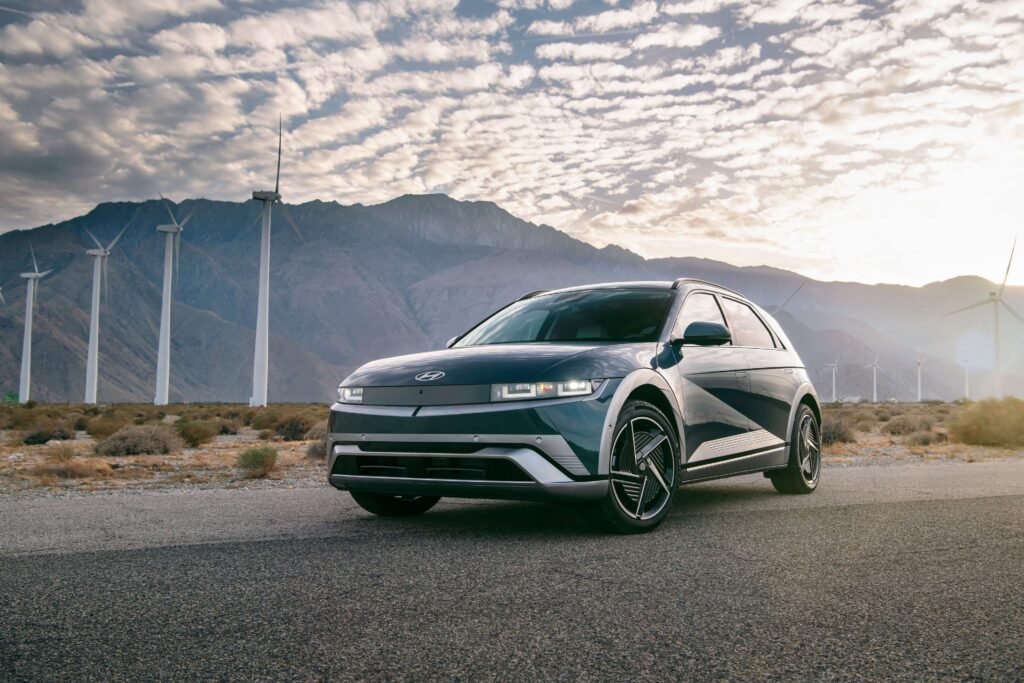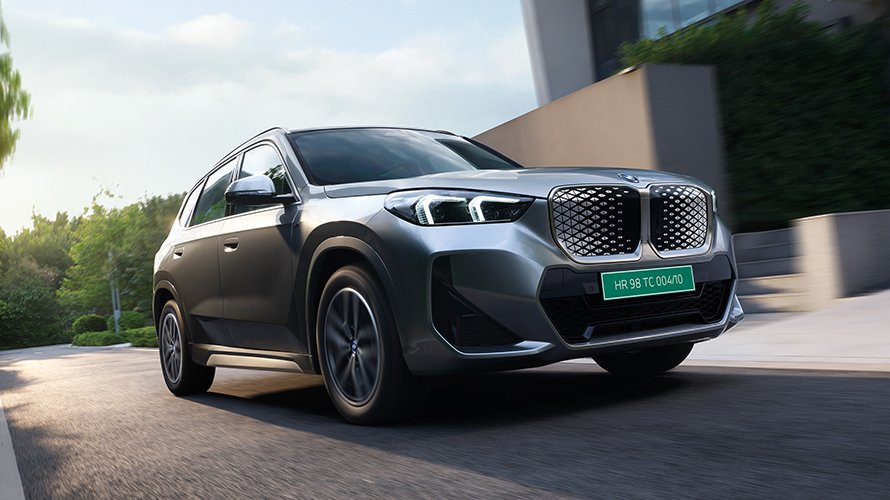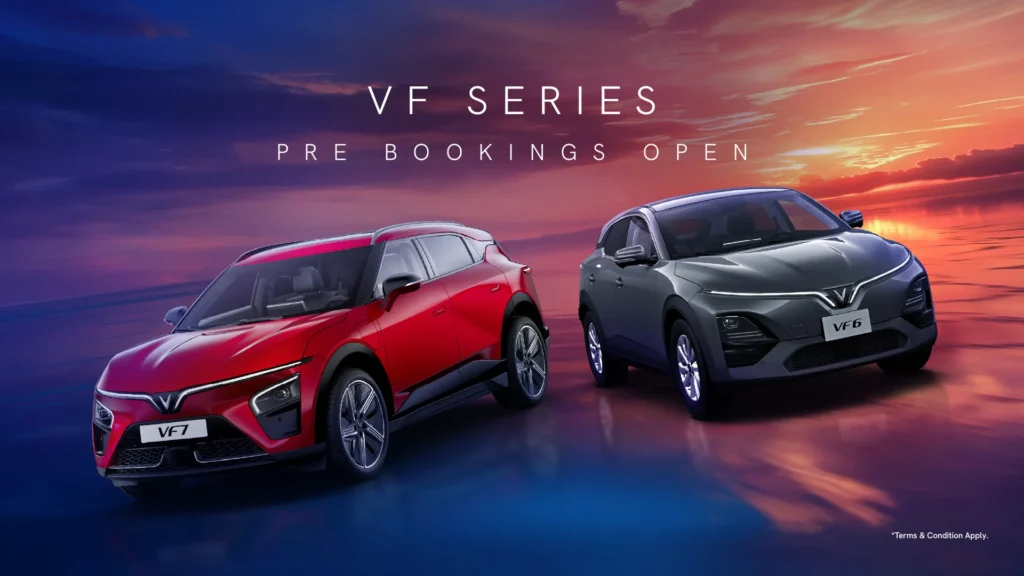Hyundai Motor Company unveiled its boldest transformation plan yet at its inaugural CEO Investor Day held outside Korea, in New York, on September 23, 2025. The Korean automaker set an ambitious target of 5.55 million global vehicle sales by 2030, with electrified models—hybrids, plug-in hybrids (PHEVs), and battery electric vehicles (BEVs)—expected to account for nearly 60% of the total, or approximately 3.3 million units annually. This roadmap, dubbed the “Hyundai Way,” emphasizes a consolidated electrified portfolio, new vehicle categories, next-generation software, and a massive global manufacturing expansion to cement Hyundai’s position as a leader in the electrified mobility era. For India, a key growth market, this strategy holds significant implications, though specific plans for models like the Genesis luxury brand remain under evaluation.
Electrification at the Core: Hybrids, EVs, and Extended-Range InnovationHyundai’s electrification push is central to its 2030 vision, with 3.3 million electrified vehicles targeted to make up the lion’s share of sales. This includes:
- Hybrids and Plug-in Hybrids: Hyundai plans to offer more than 18 hybrid models across its lineup, including its luxury arm, Genesis, by 2030. A standout is the confirmed Palisade Hybrid, which will leverage the next-generation TMED-II (Toyota Modular Electrified Drive) technology for enhanced efficiency and performance. Genesis will introduce hybrids starting in 2026, with models tailored for global markets, including potential entry into India, where luxury demand is rising.
- Battery Electric Vehicles (BEVs): Hyundai aims to expand its EV offerings significantly, building on successes like the Ioniq 5 and Ioniq 6. The company is targeting 2 million EV sales annually by 2030, up from 1.1 million projected for 2025. A key innovation is the introduction of Extended Range Electric Vehicles (EREVs) by 2027, boasting up to 600 miles (965km) of range through advanced battery-engine integration. These EREVs combine a small gasoline engine as a range extender with a larger battery, offering EV-like efficiency with the flexibility of hybrid systems.
- Fuel Cell Vehicles: Hyundai continues to invest in hydrogen fuel cell technology, particularly for commercial vehicles. Fuel cell trucks and vans will see expanded offerings in the U.S., aligning with global sustainability goals.
This multi-pronged approach ensures Hyundai caters to diverse markets, from EV-heavy regions like Europe to hybrid-preferring markets like North America and Asia.
New Vehicle Categories: Pickups, Vans, and Beyond
Hyundai is diversifying beyond traditional sedans and SUVs to capture new segments:
- Pickup Trucks: Building on the Santa Cruz compact pickup’s success in North America, Hyundai confirmed a new midsize pickup truck for the U.S. market before 2030. This move aims to challenge segment leaders like the Toyota Tacoma and Ford Ranger, tapping into the lucrative truck market.
- Commercial Vehicles: Hyundai is expanding its commercial portfolio with electric and fuel cell vans and trucks, particularly targeting the U.S. and European markets. This aligns with growing demand for sustainable last-mile delivery solutions.
- Luxury Expansion: Genesis, Hyundai’s luxury brand, will play a pivotal role with electrified models, including hybrids from 2026. While Genesis has no confirmed India launch, Hyundai is actively considering introducing the brand to compete with Mercedes-Benz, BMW, and Audi in India’s burgeoning luxury segment.
Global Manufacturing and Software Push
To support its 5.55 million sales goal, Hyundai is ramping up its global production capacity:
- New EV Factories: Hyundai is investing $51 billion by 2030 to expand EV and hybrid production. New plants in Georgia, USA (Hyundai Motor Group Metaplant America), and expanded facilities in South Korea, India, and Indonesia will boost output. The Chennai plant in India, a key hub, is expected to produce 1 million units annually by 2027, with 30% earmarked for exports.
- Battery Innovation: Hyundai is developing next-gen batteries, including solid-state and high-energy-density NMC (nickel-manganese-cobalt) packs, to achieve the 965km range for EREVs. Partnerships with SK On and CATL will ensure cost-competitive supply chains.
- Software and Connectivity: Hyundai is doubling down on software-defined vehicles (SDVs), integrating over-the-air (OTA) updates, advanced driver-assistance systems (ADAS), and AI-driven infotainment. A new software platform, launching in 2026, will unify its electrified lineup, enhancing user experience and enabling Level 3+ autonomous features.
India’s Role: A Growing Hub with Challenges
India is a cornerstone of Hyundai’s global strategy, being its third-largest market after the U.S. and South Korea. Hyundai India sold 614,721 units in 2024 and aims for 850,000 by 2030, with EVs and hybrids playing a key role. Current electrified offerings include the Ioniq 5 (₹46 lakh) and Kona Electric (₹24 lakh), but the Creta EV, launching in January 2026, will target the mass-market segment at ₹15-20 lakh with a 450km range.
However, the Genesis brand’s entry remains uncertain. Despite India’s luxury car market growing at 20% annually, high import duties (100% on CBUs) and localization challenges could delay Genesis until 2027-28. If launched, Genesis hybrids like the electrified G80 or GV70 could target the ₹70-90 lakh segment, competing with BMW’s i4 and Mercedes’ EQE.
The e-Vitara’s 4-star Euro NCAP rating (September 2025) from Maruti Suzuki, a key rival, underscores India’s rising safety standards, pushing Hyundai to ensure its EVs meet Bharat NCAP’s 5-star benchmarks. Infrastructure gaps—India had only 12,000 public chargers in mid-2025—may limit EREV adoption, but Hyundai’s investment in 500 charging stations by 2027 aims to bridge this gap.
Competitive Landscape and ChallengesHyundai’s 3.3 million electrified vehicle target faces stiff competition:
- Global Rivals: Toyota aims for 3.5 million EV/hybrid sales by 2030, while Volkswagen targets 50% electrification. Tesla’s 3 million EV goal and BYD’s affordable EVs pose threats in price-sensitive markets like India.
- India-Specific Competition: Tata Motors dominates India’s EV market with a 40% share, offering models like the Nexon EV (₹15-20 lakh). Mahindra’s XEV 9e and Maruti’s e-Vitara will challenge Hyundai’s Creta EV.
- Regulatory Hurdles: India’s FAME-III scheme (expected 2026) caps subsidies at ₹10,000/kWh, favoring sub-₹15 lakh EVs. High import duties on premium models like Genesis could inflate prices unless localized.
Social media buzz on X highlights excitement for Hyundai’s Creta EV but limited chatter on Genesis or EREVs, suggesting Indian buyers prioritize affordability over luxury.
Conclusion:
Hyundai’s Electrified Future and India’s PotentialHyundai’s 5.55 million sales target by 2030, with 60% electrified, signals a transformative shift toward sustainable mobility. The Palisade Hybrid, EREVs with 965km range, and a new midsize pickup showcase its ambition to lead across segments. For India, the Creta EV and expanded manufacturing signal strong growth, but Genesis’s entry hinges on localization and market readiness. As Hyundai navigates global competition and India’s infrastructure challenges, its blend of innovation and scale positions it to redefine mobility—both at home and abroad.



